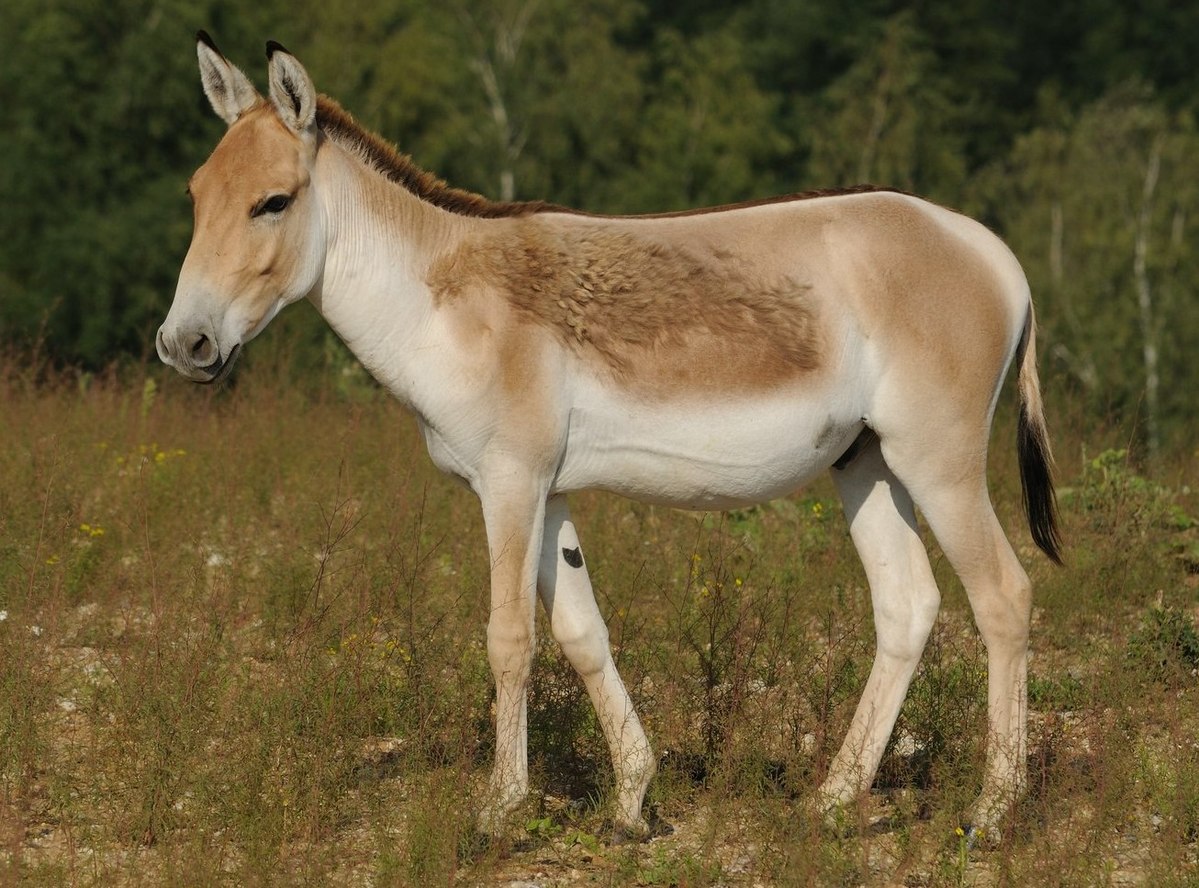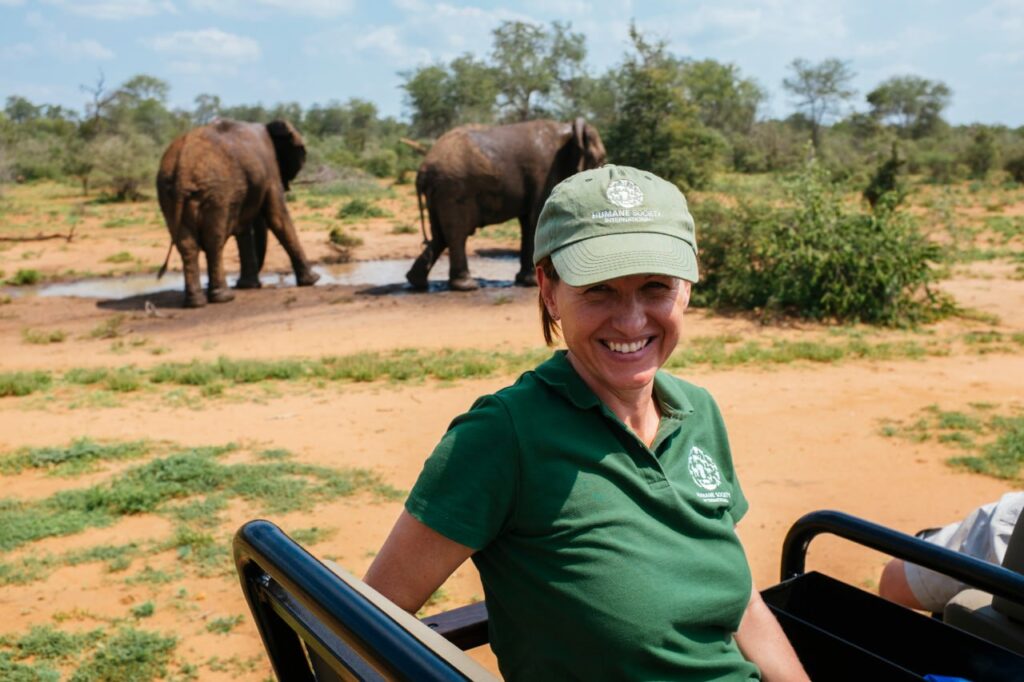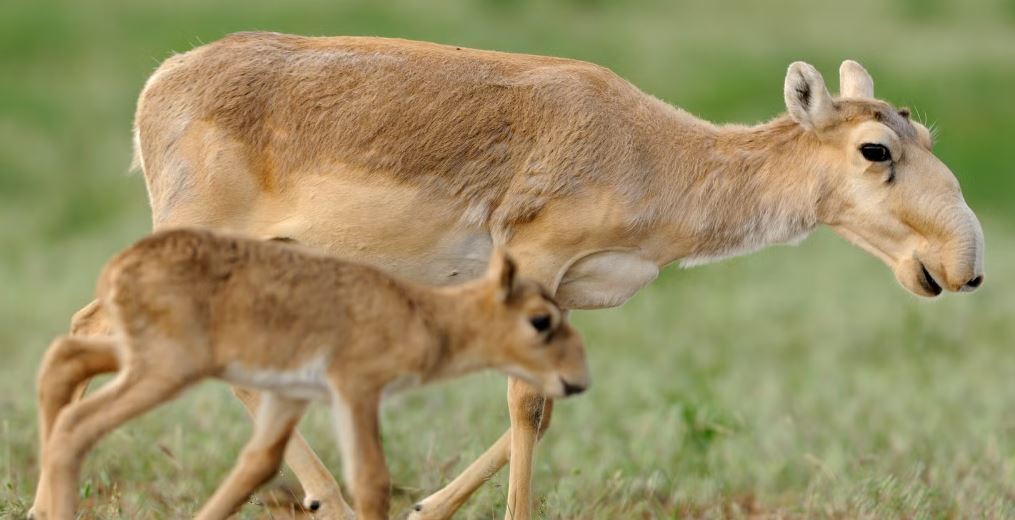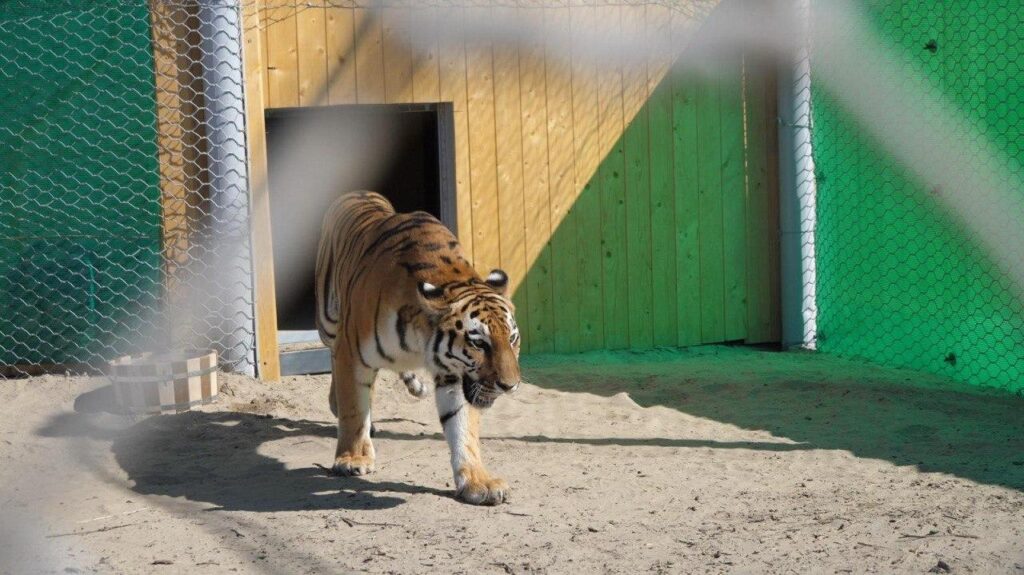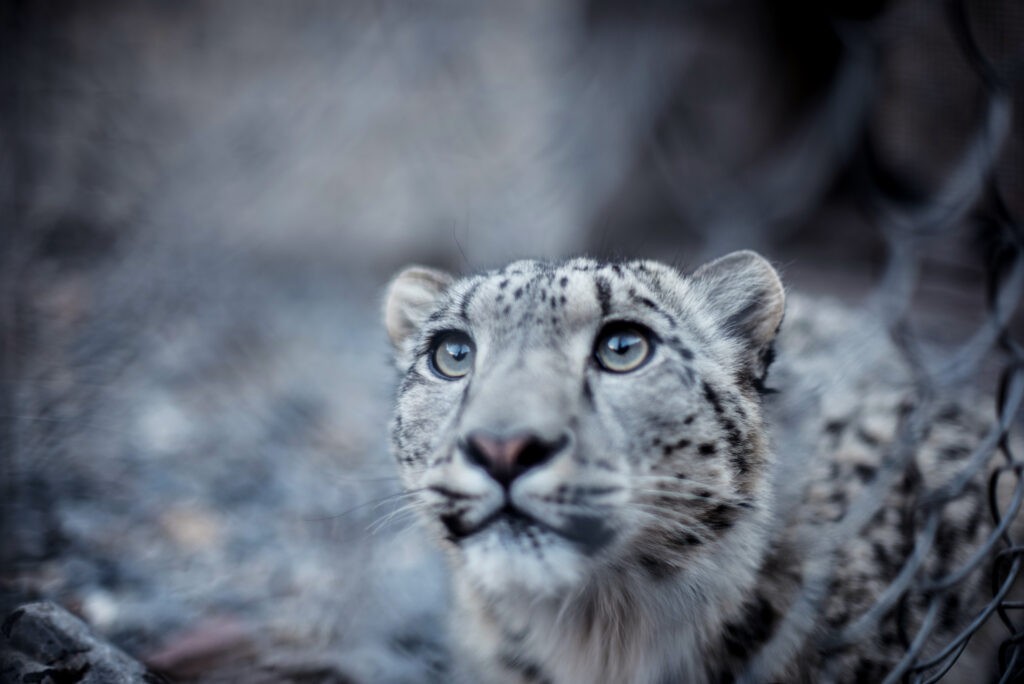Kazakhstan’s Ministry of Ecology and Natural Resources has announced the successful reintroduction of kulans — Asiatic wild asses — to the country’s Ile-Balkhash and Altyn Dala nature reserves.
As a result of overhunting and competition for grazing with other livestock, wild kulans became extinct in Kazakhstan in the 1930s. To restore the species’ population, long-term projects were implemented. Between 1953 and 1961, 14 kulans were transported from Turkmenistan to Barsakelmes Island in Kazakhstan and in 1982, when their number reached 200, the animals were transferred to the mainland Altyn-Emel National Park.
Today, the country boasts two large herds of kulans in the Barsakelmes Reserve and the Altyn-Emel National Park, with that in the latter, numbering 3,965, representing the largest in Kazakhstan. The steady growth of the kulan population has also made it possible to resettle the animals in other historical habitats. On September 28-30, 43 kulans were transported from the Altyn-Emel National Park to the Ile-Balkhash Reserve in southern Kazakhstan and a further 24 kulans were released into temporary enclosures on the Altyn Dala Reserve in the central Kostanay region.
In a move to reintegrate other indigenous species in the region, Kazakhstan has also reintroduced Przewalski’s horses and Turan tigers to their historical habitats this year.
